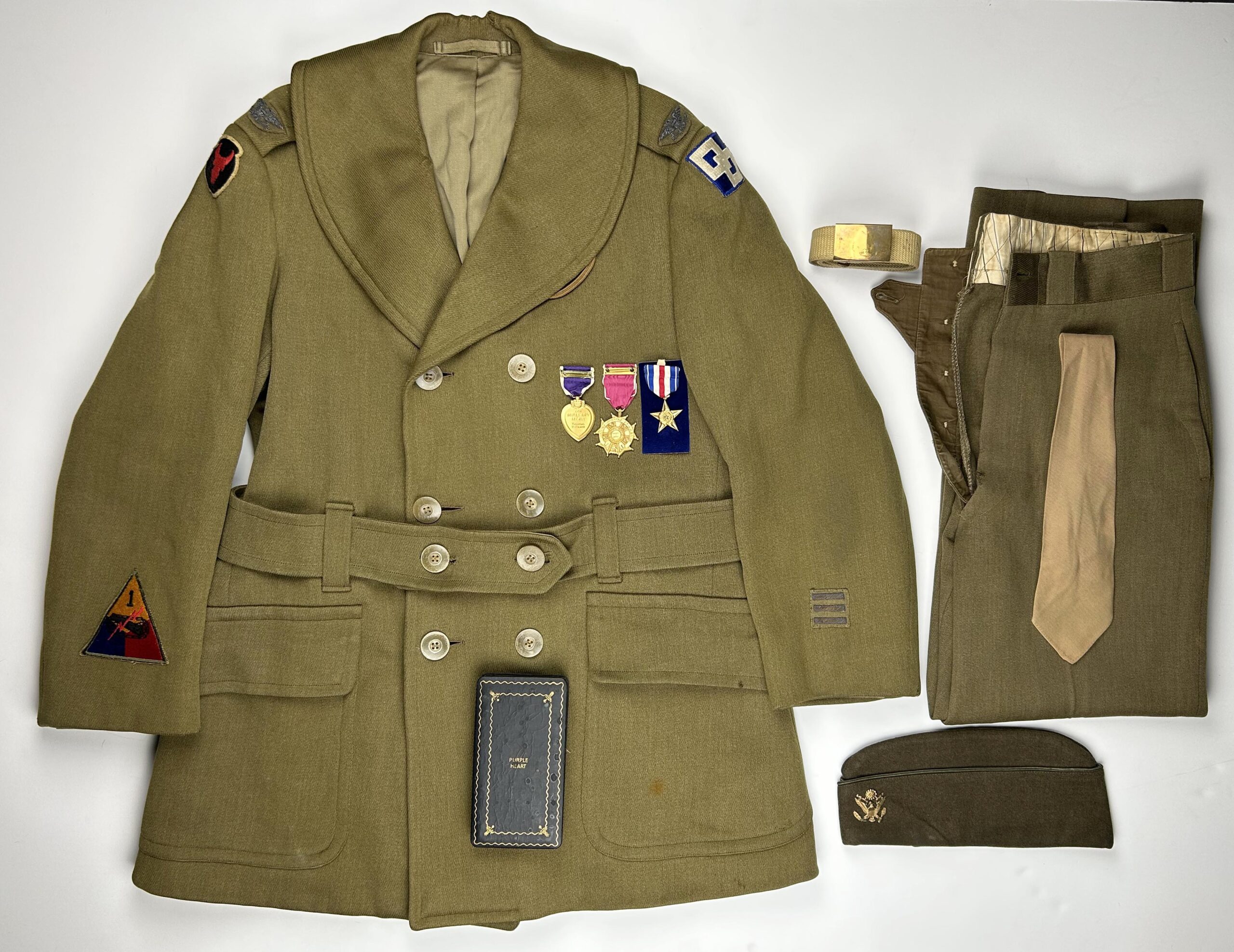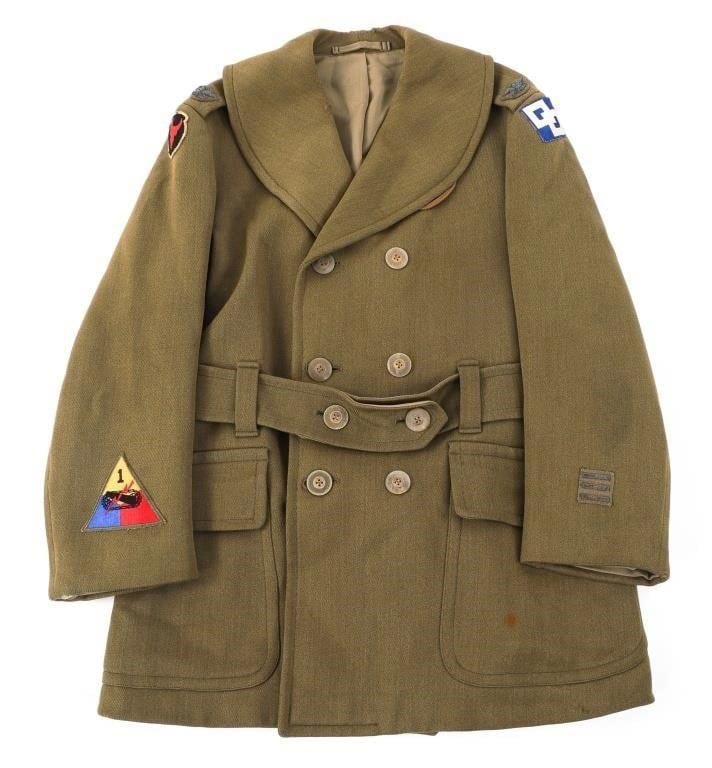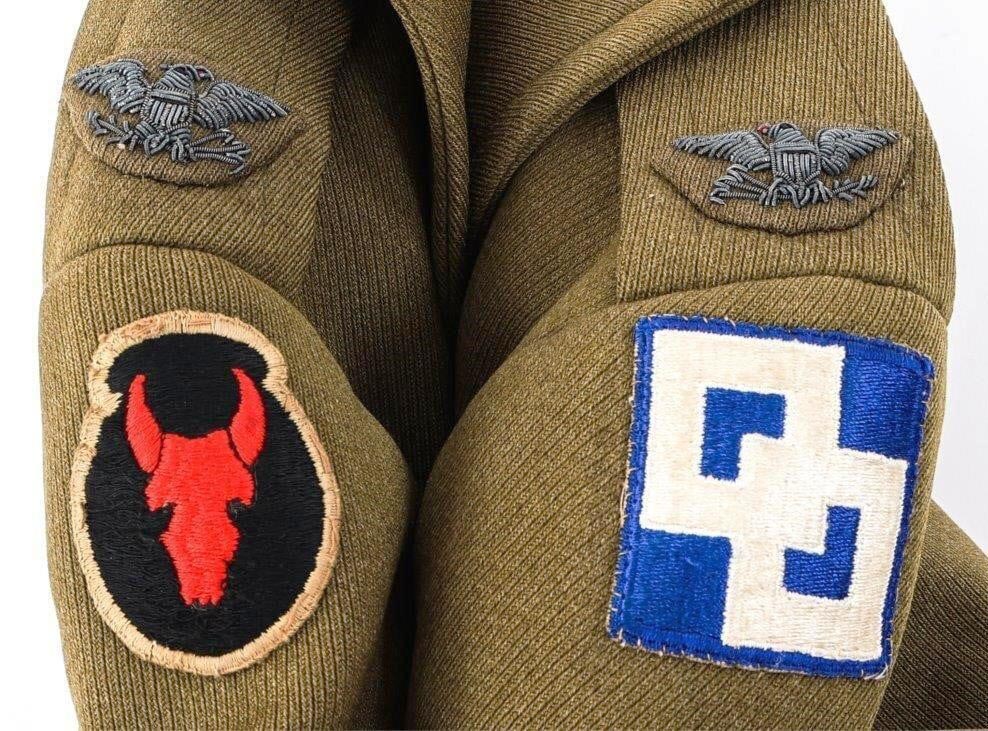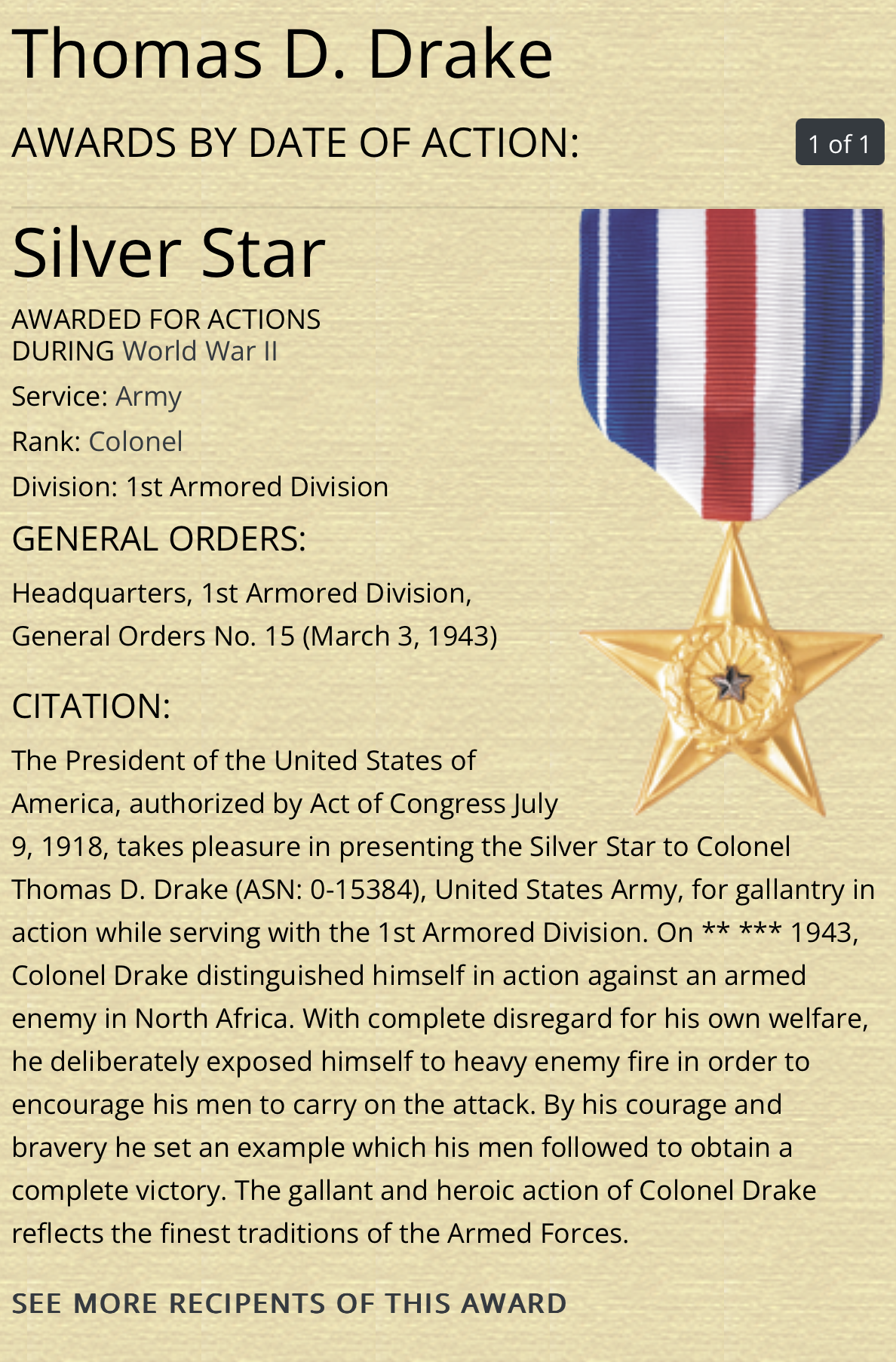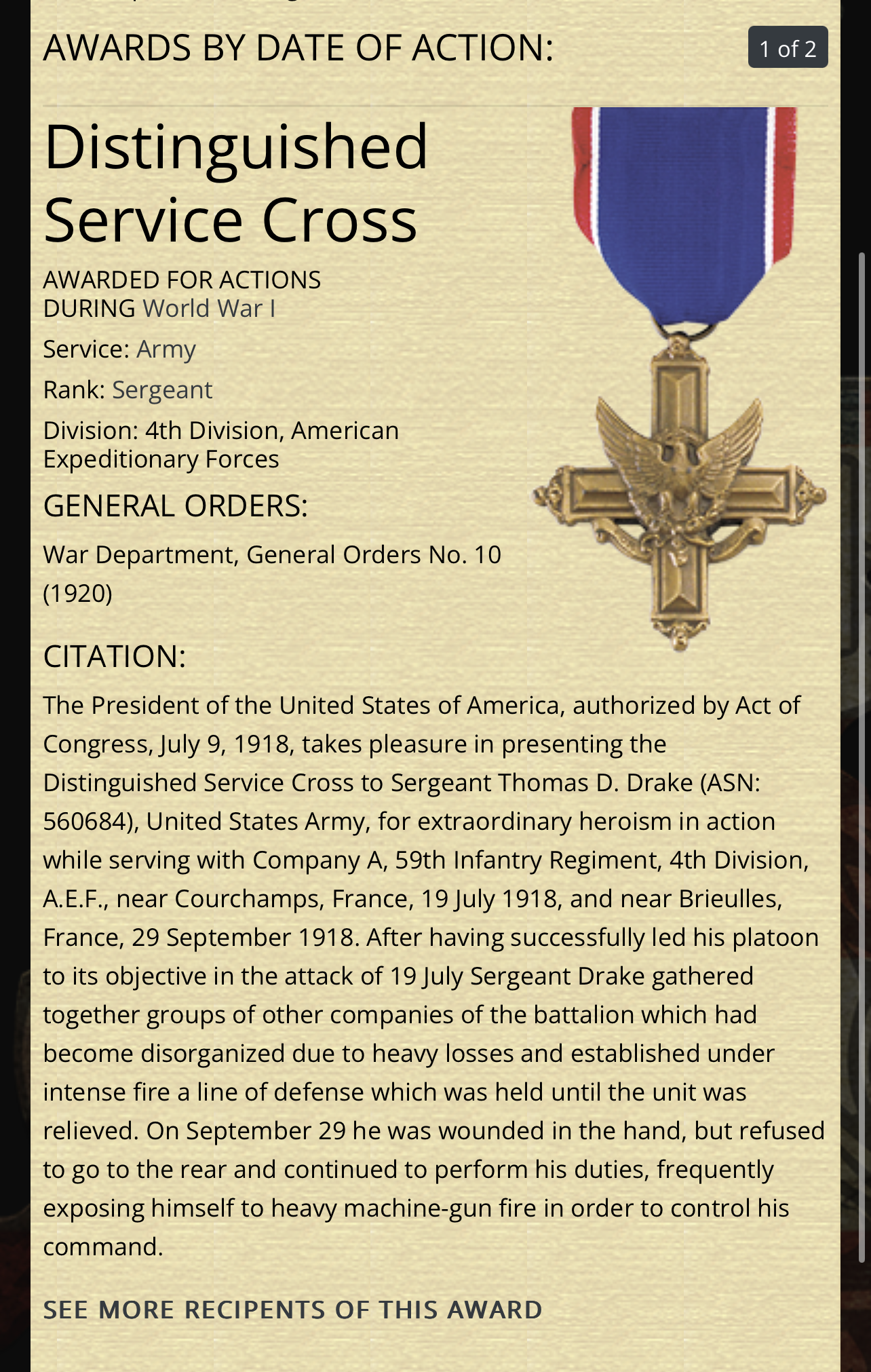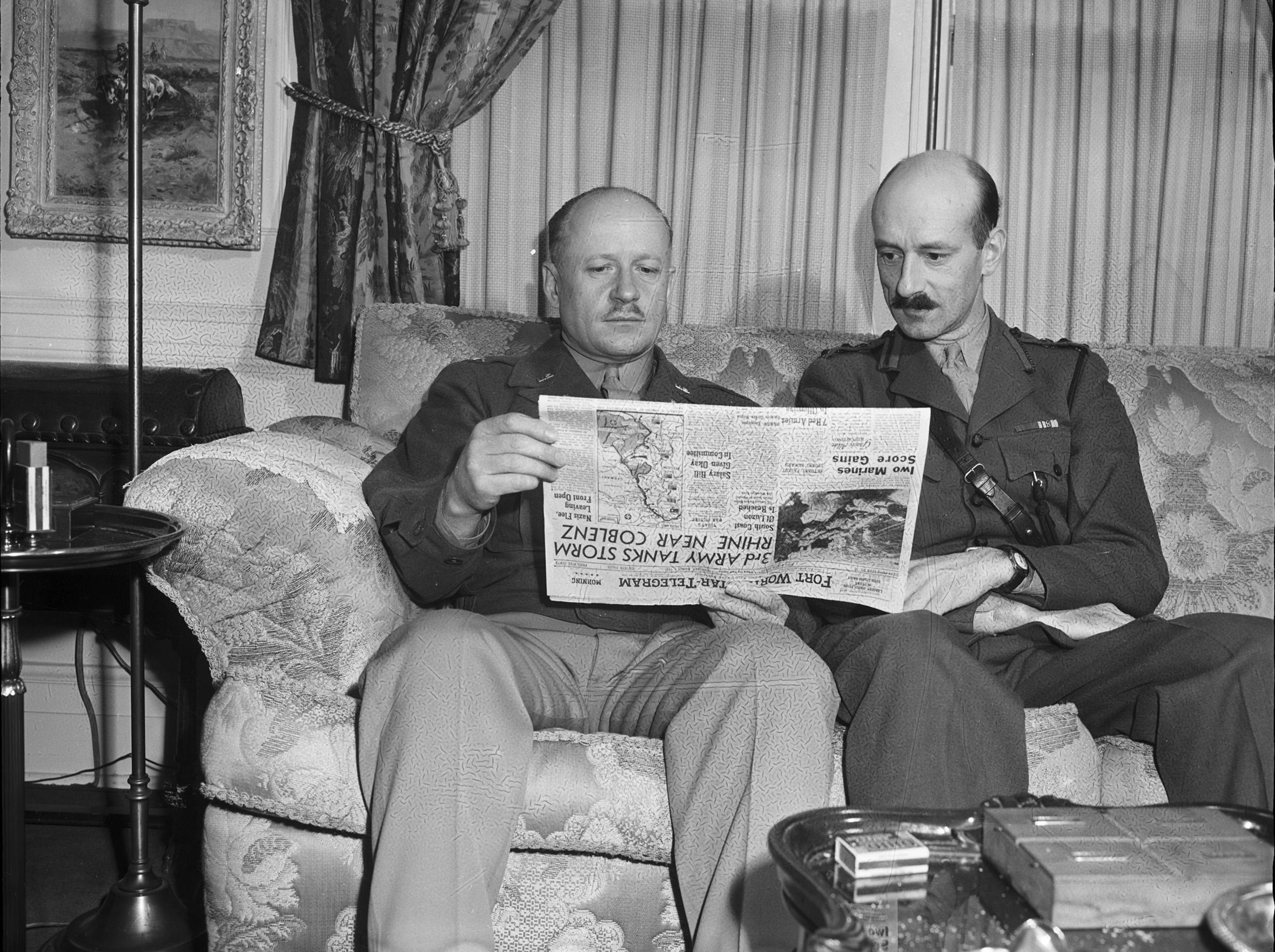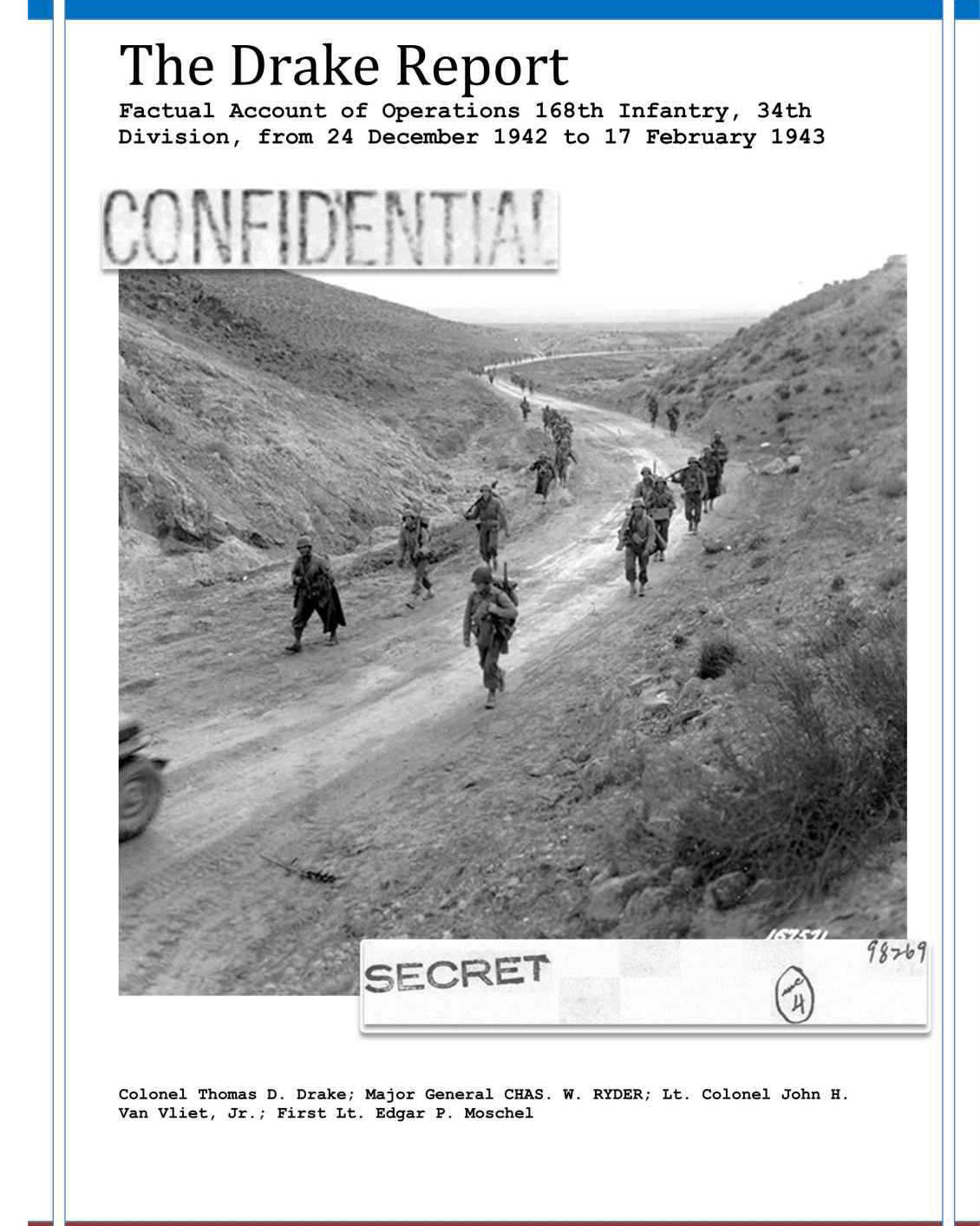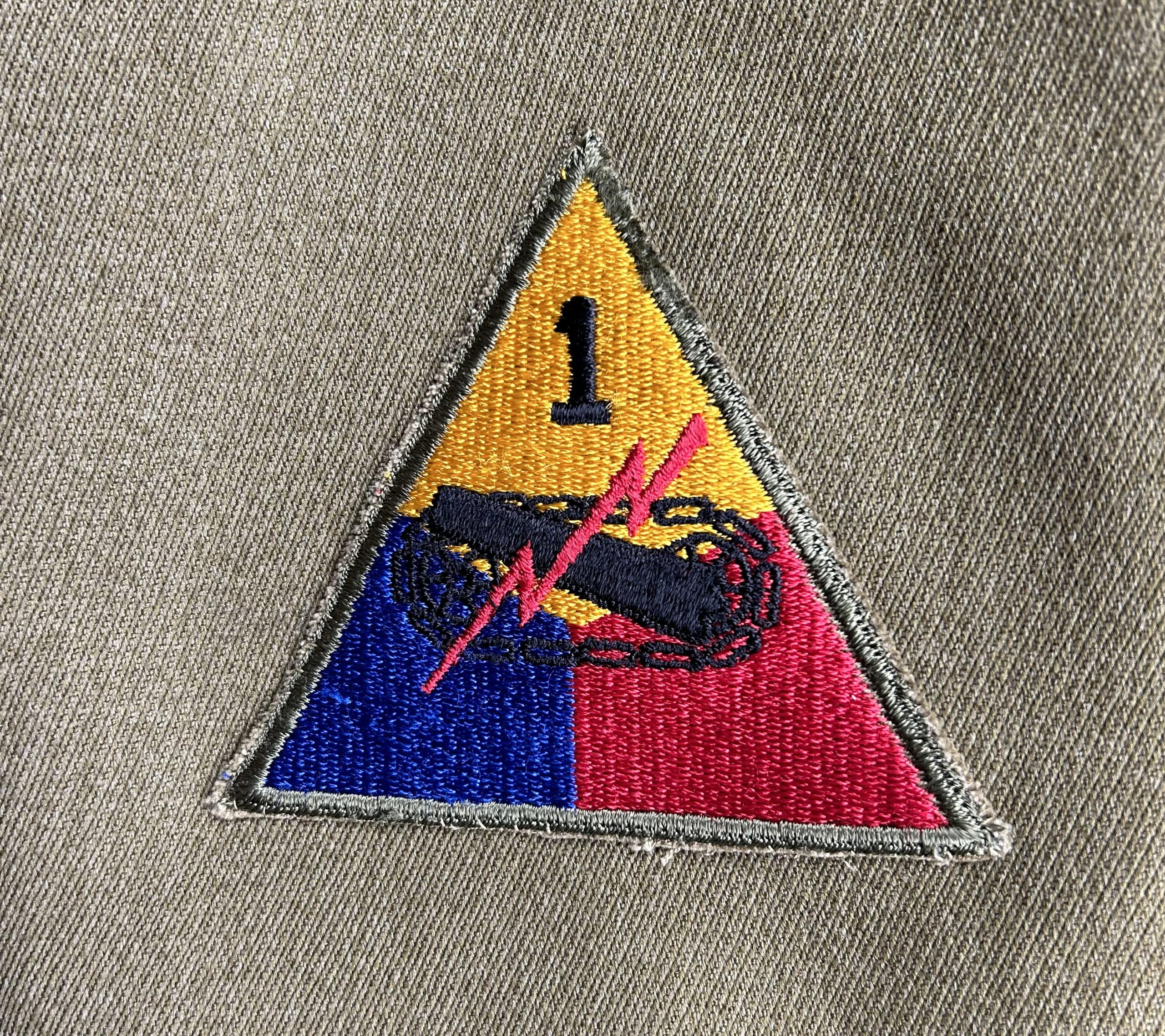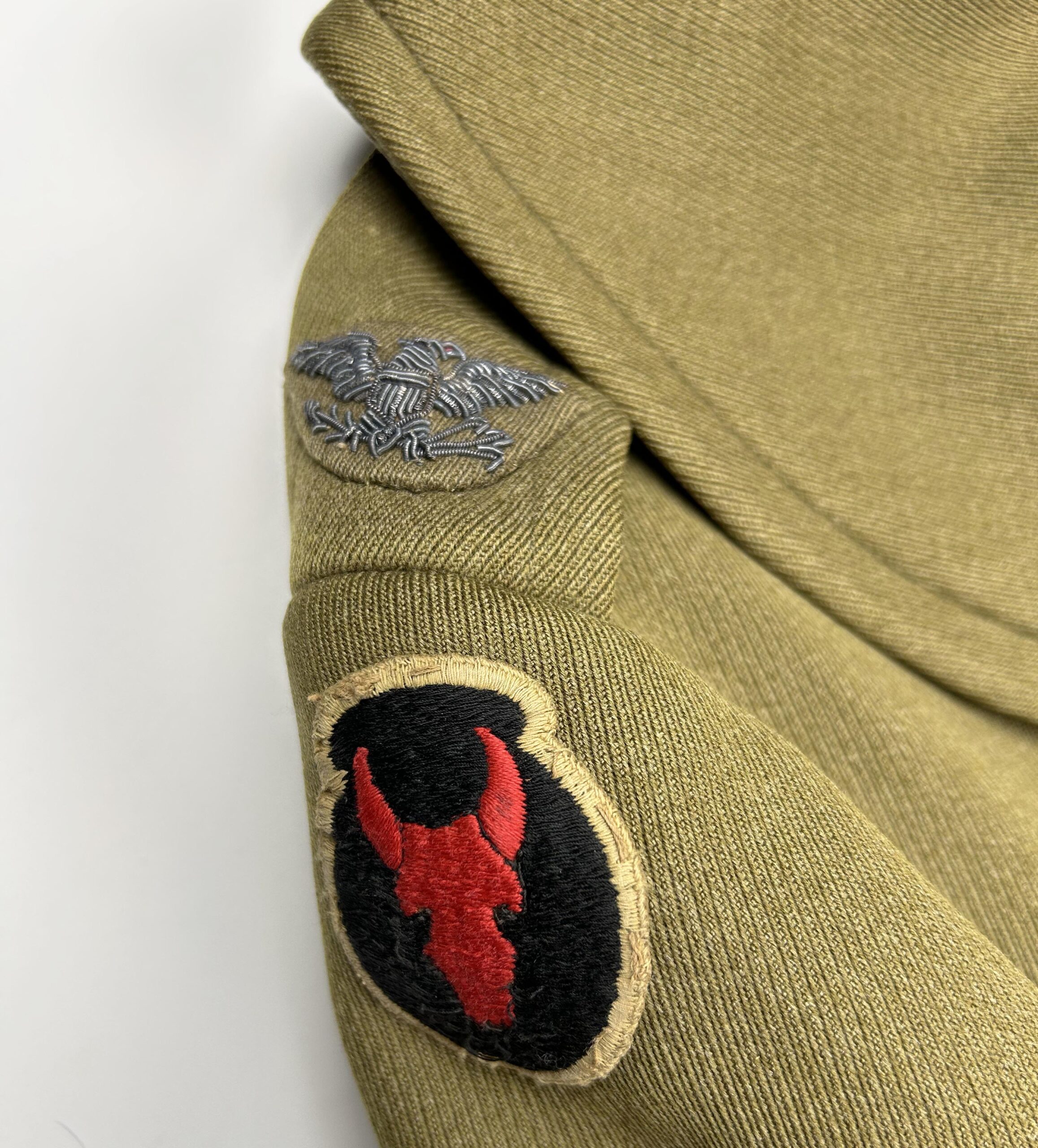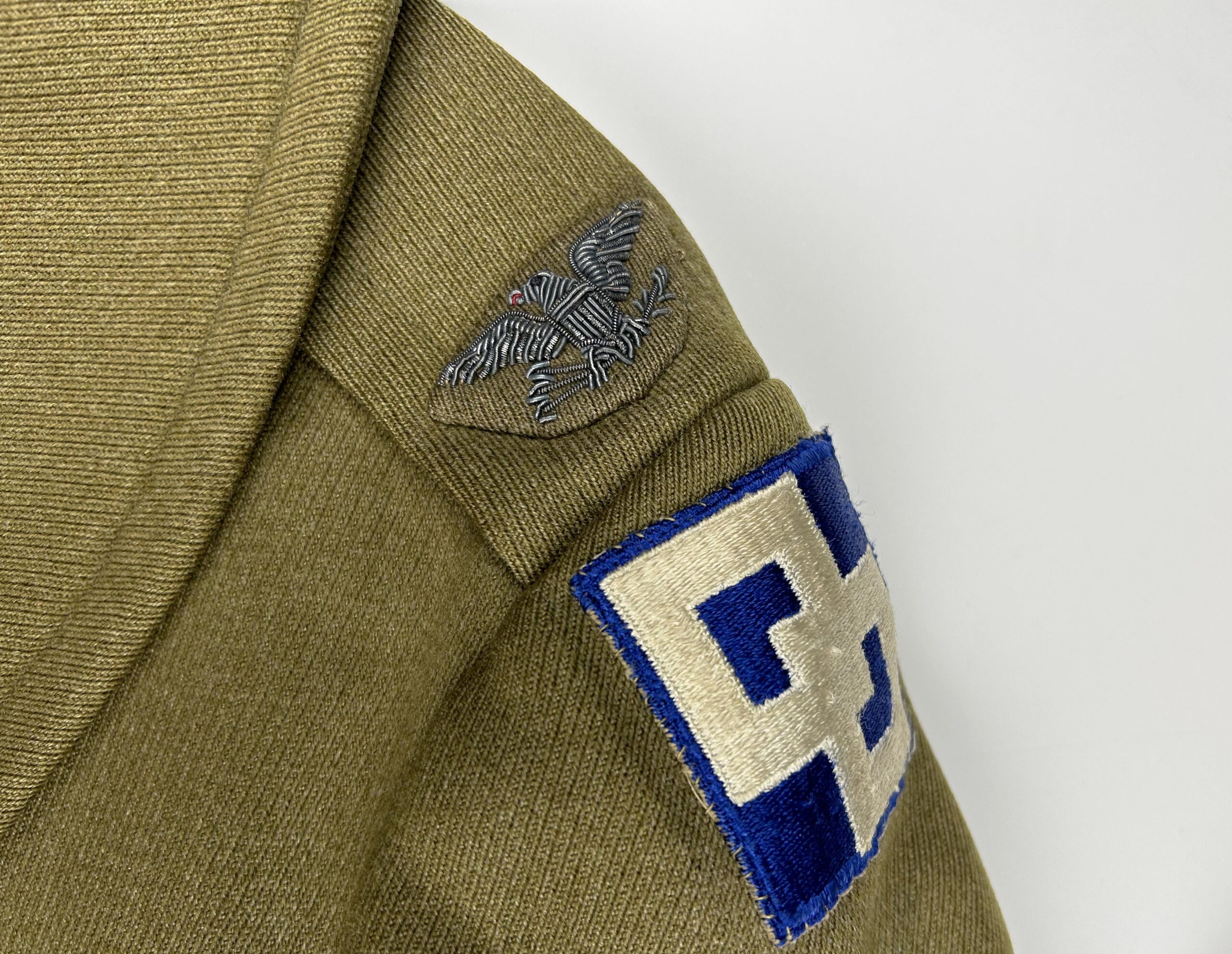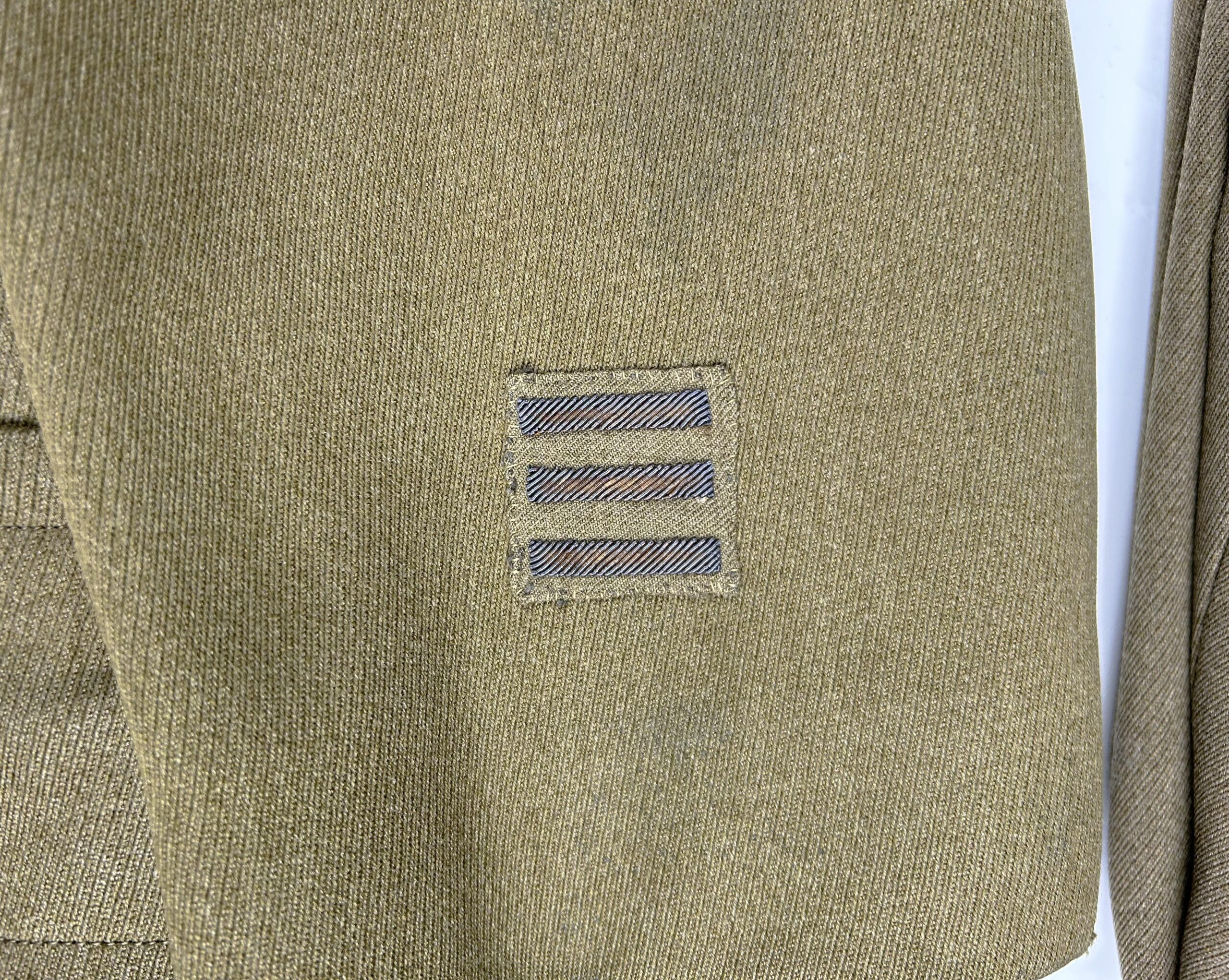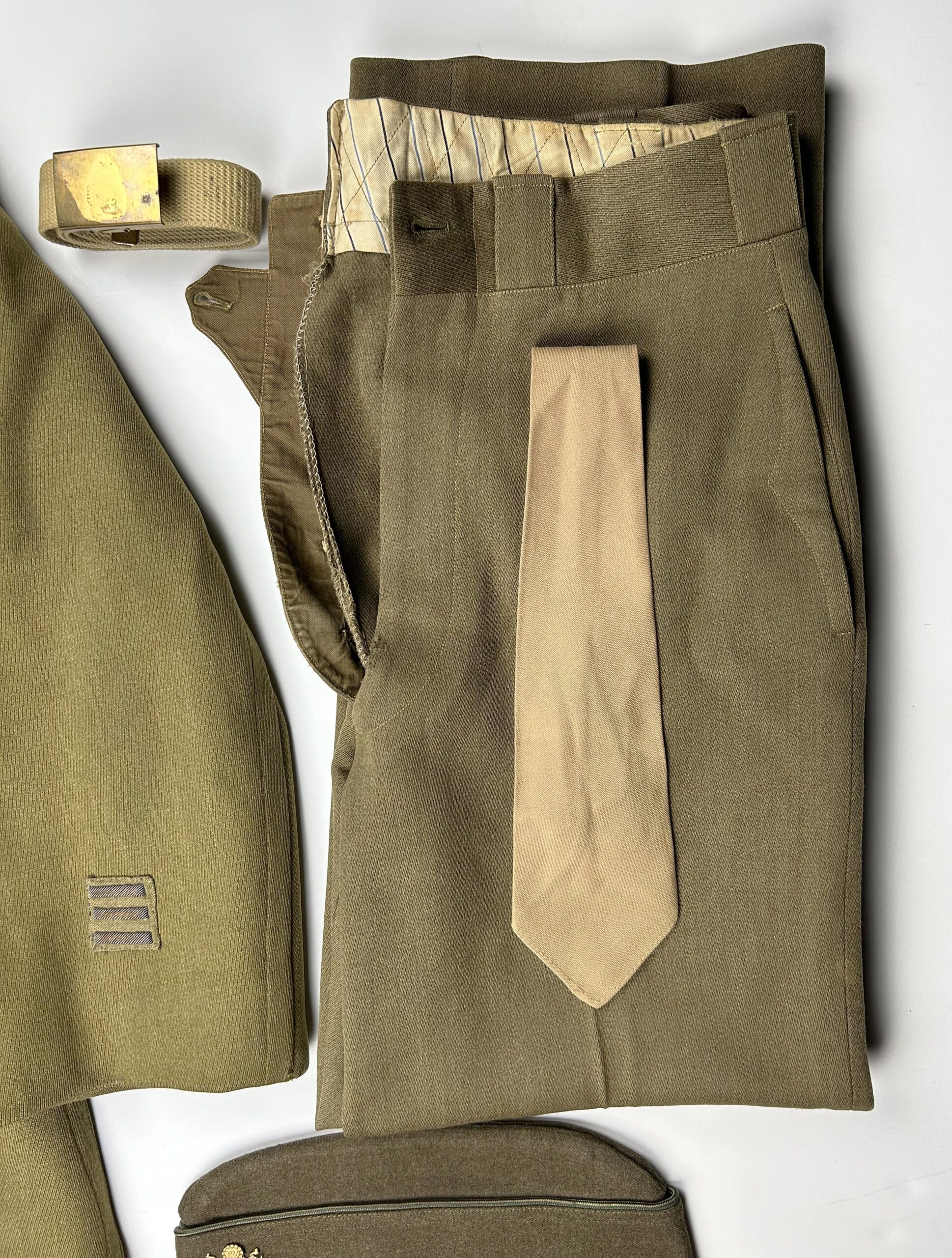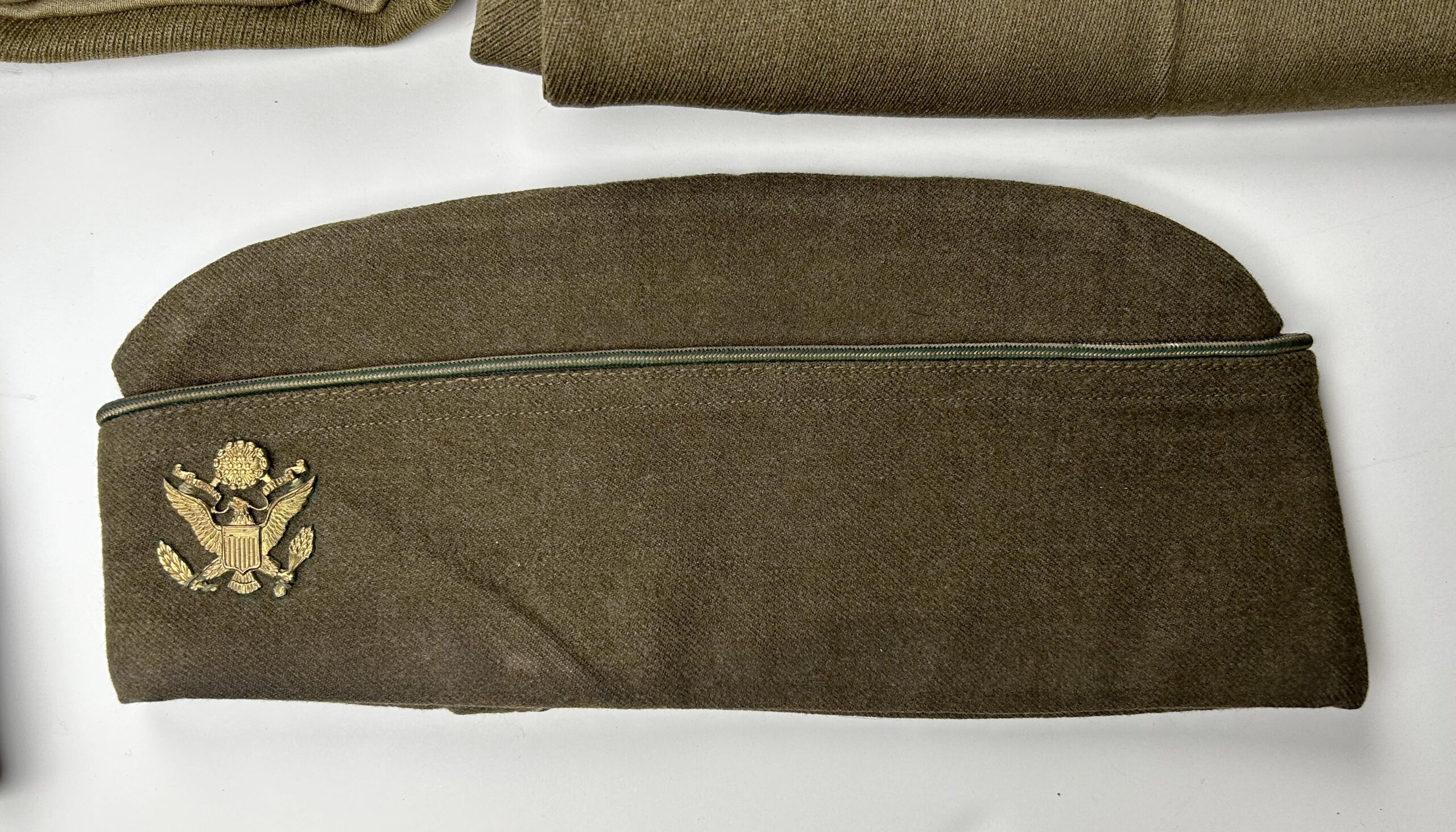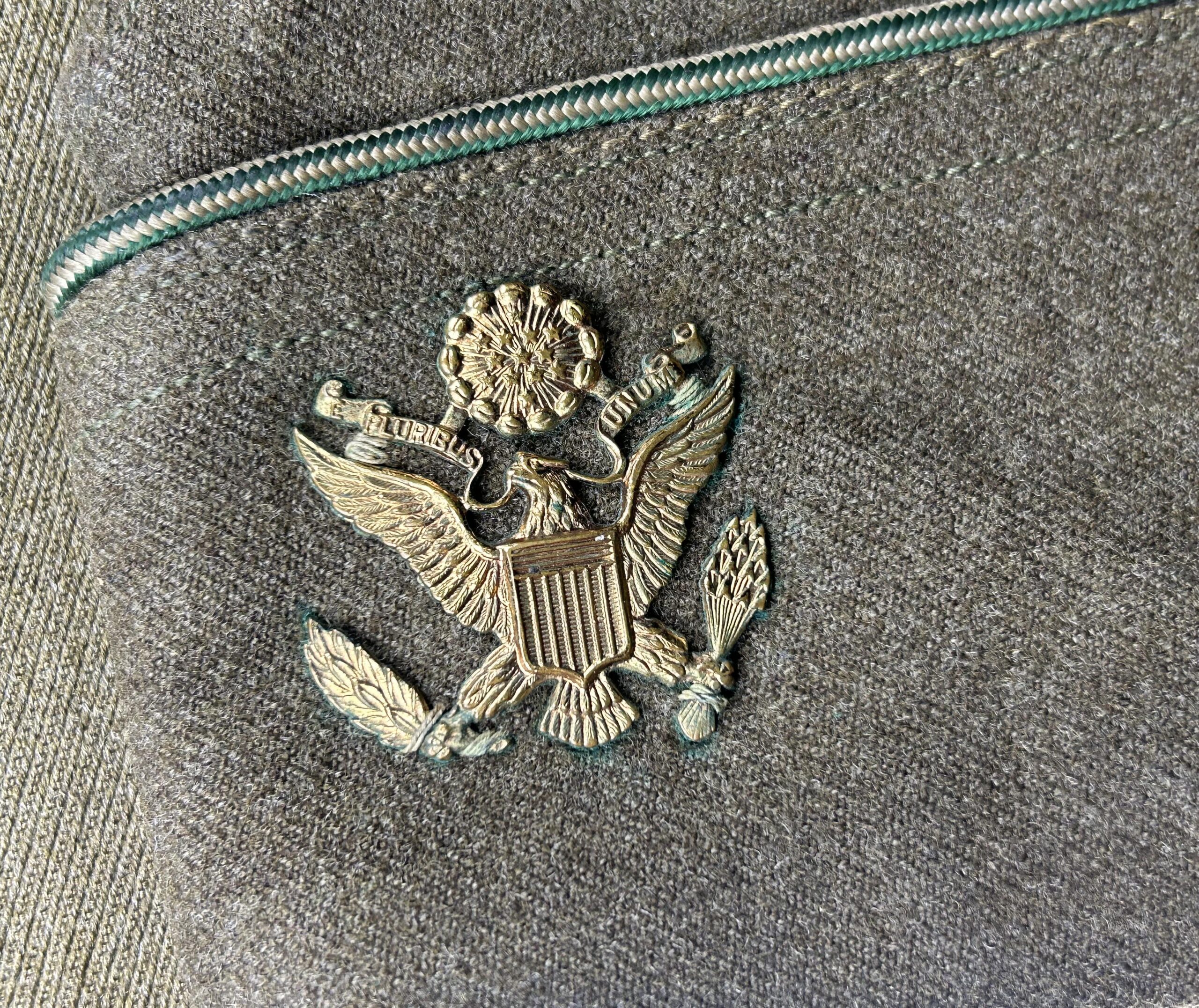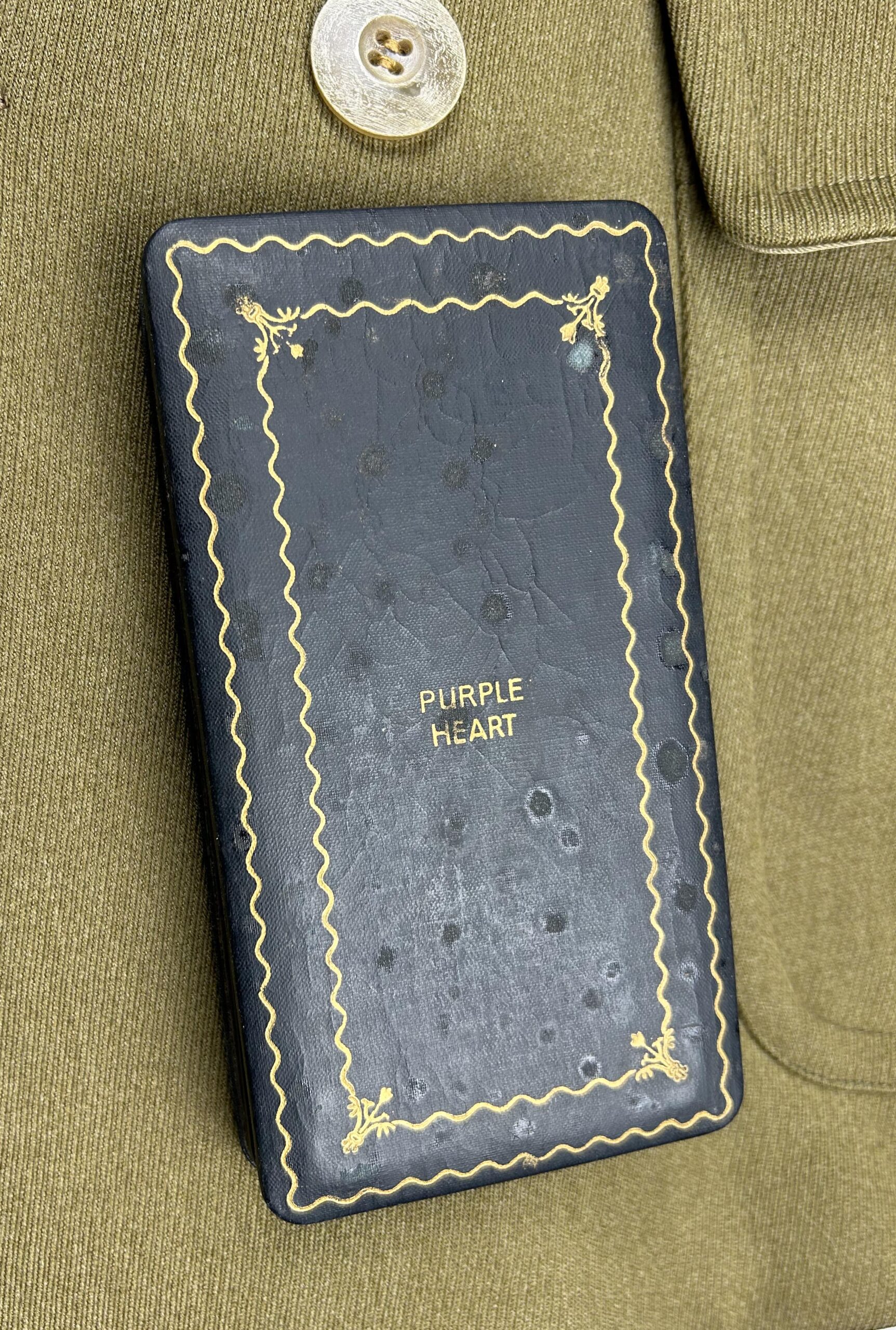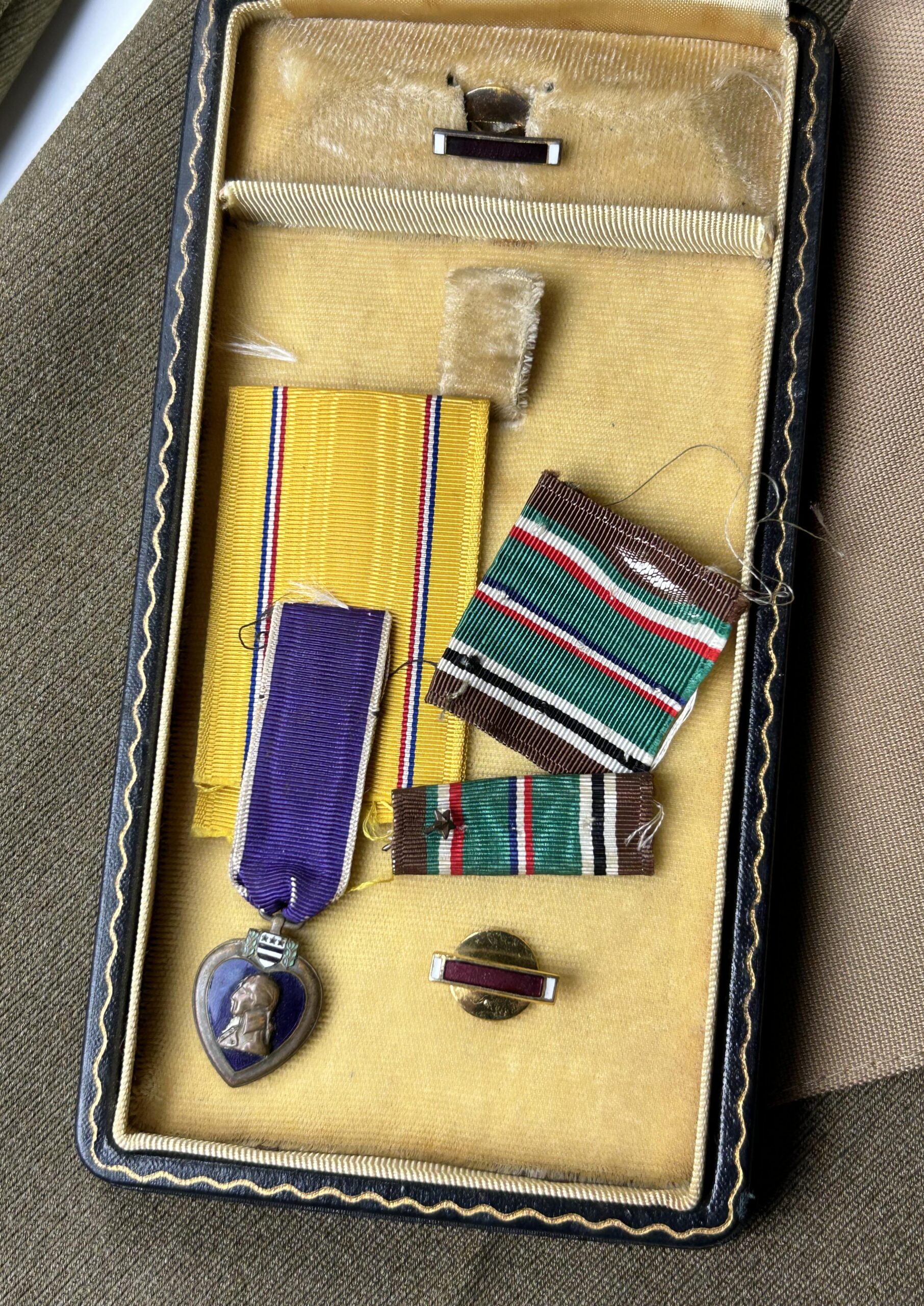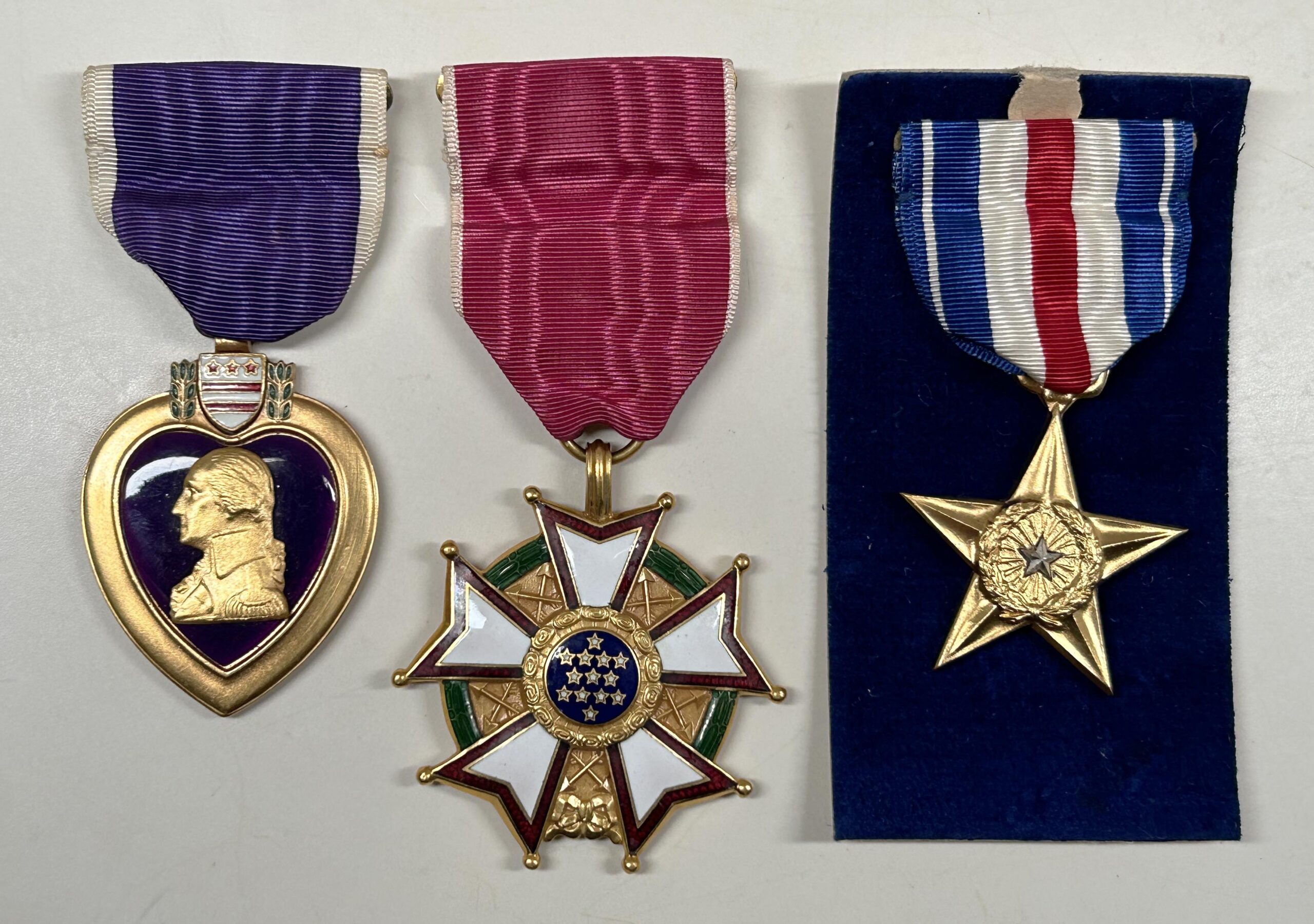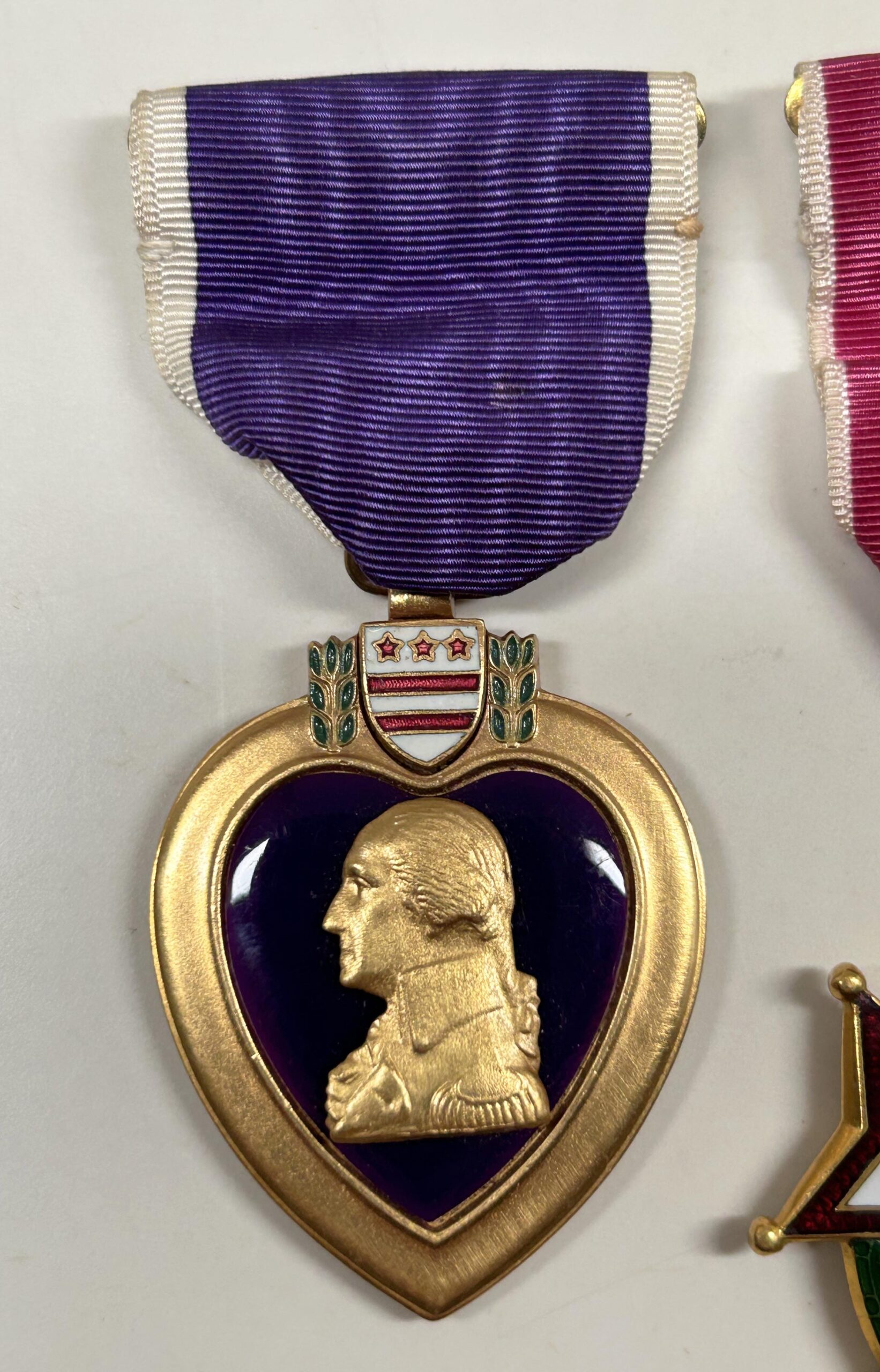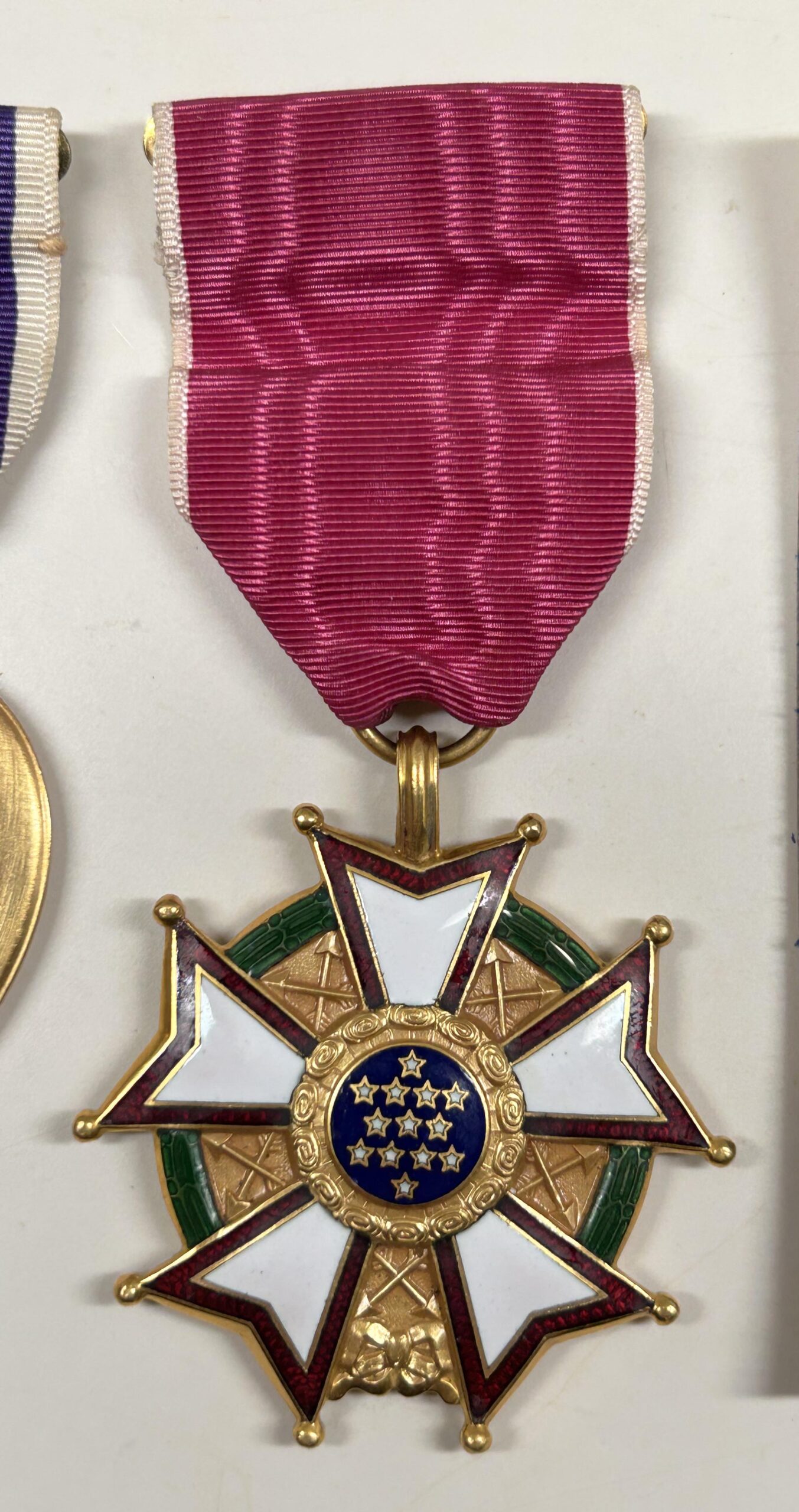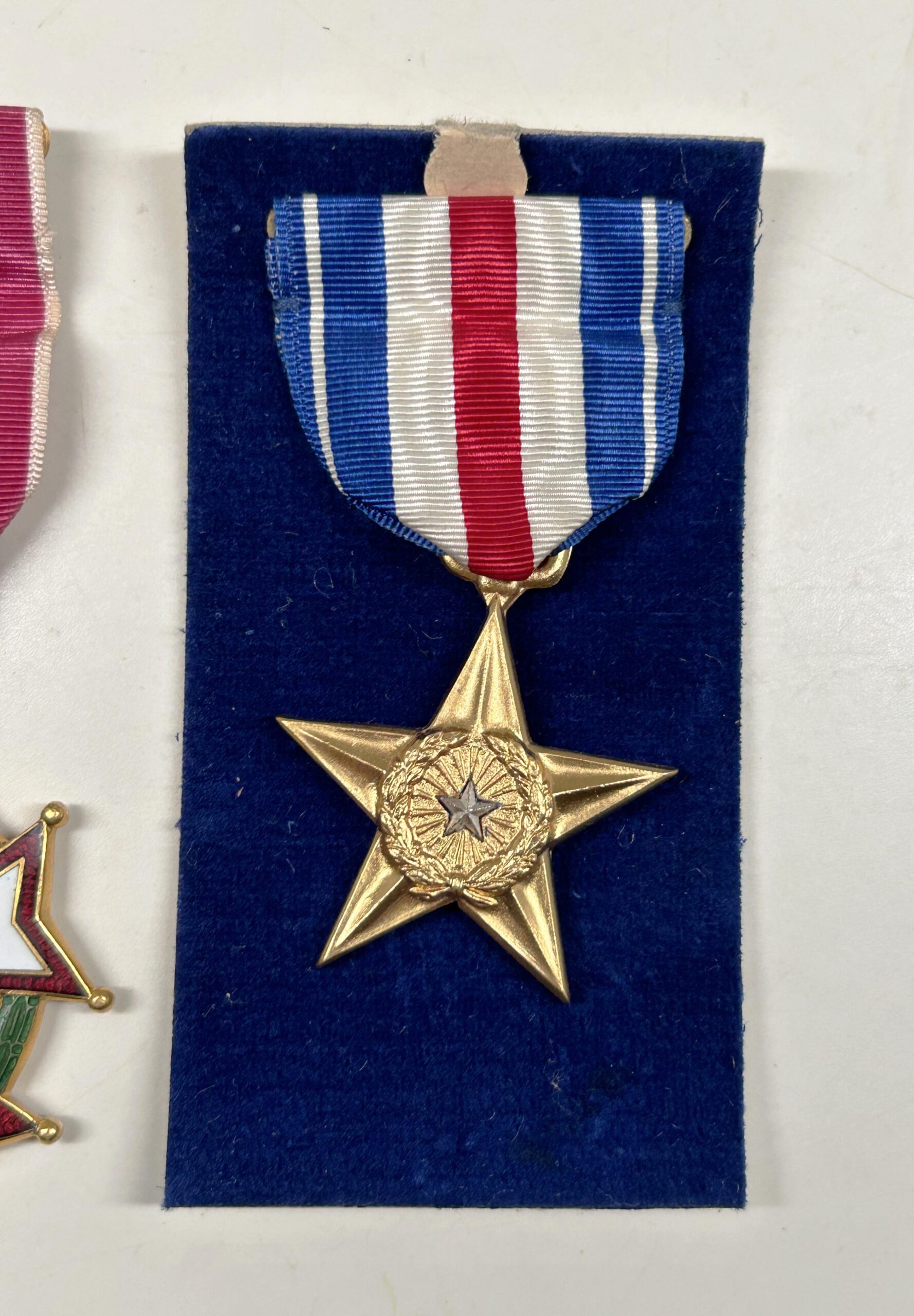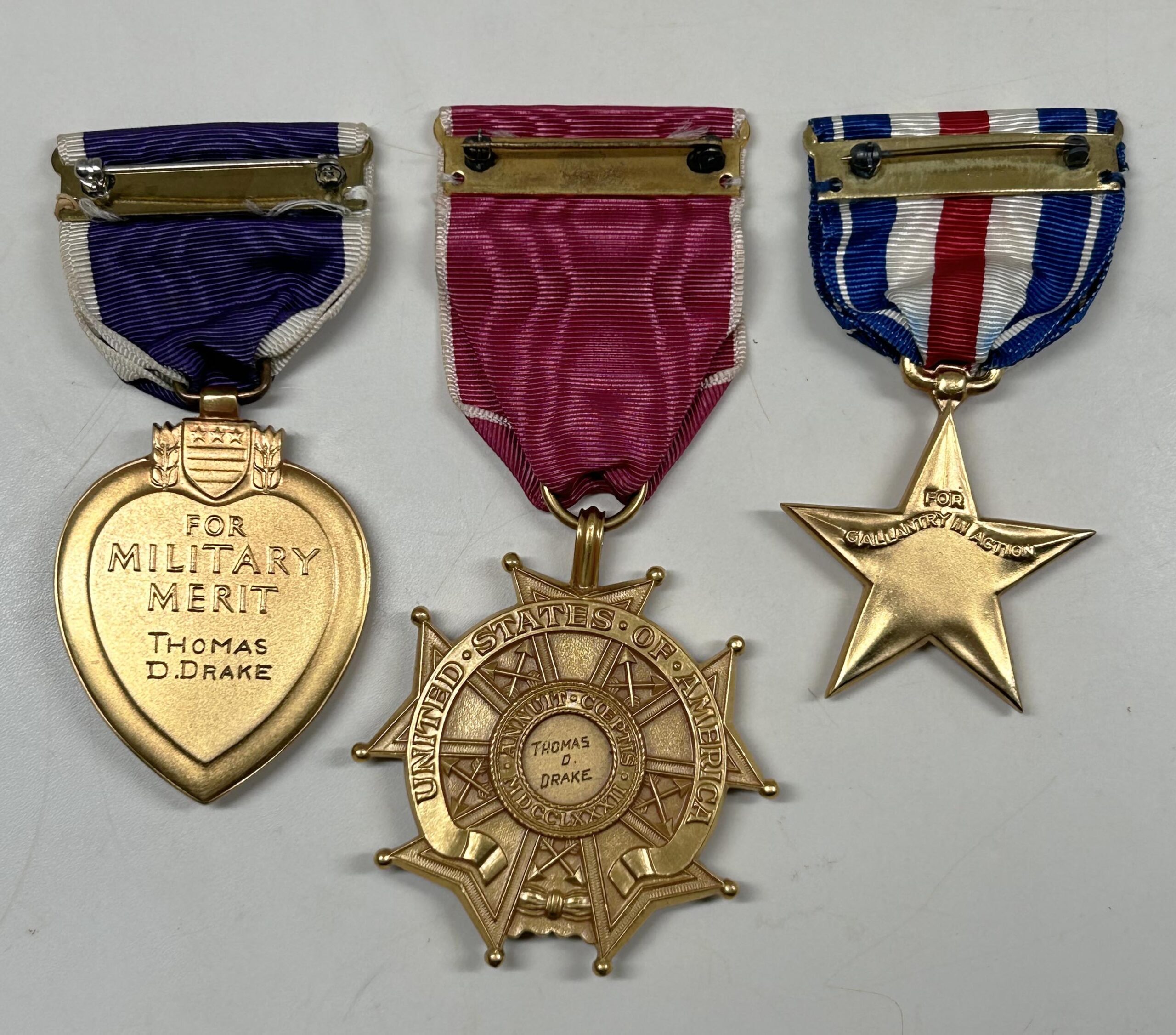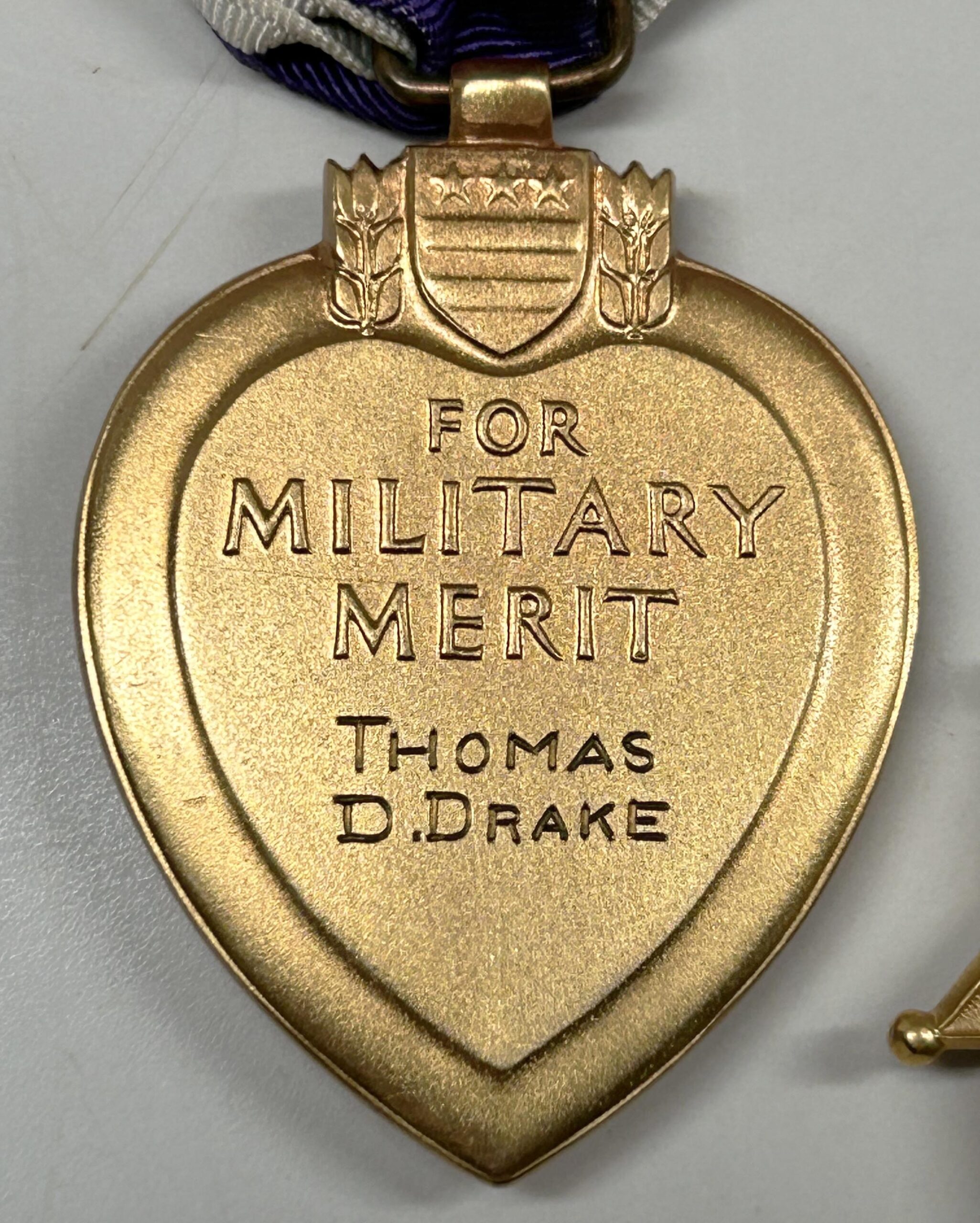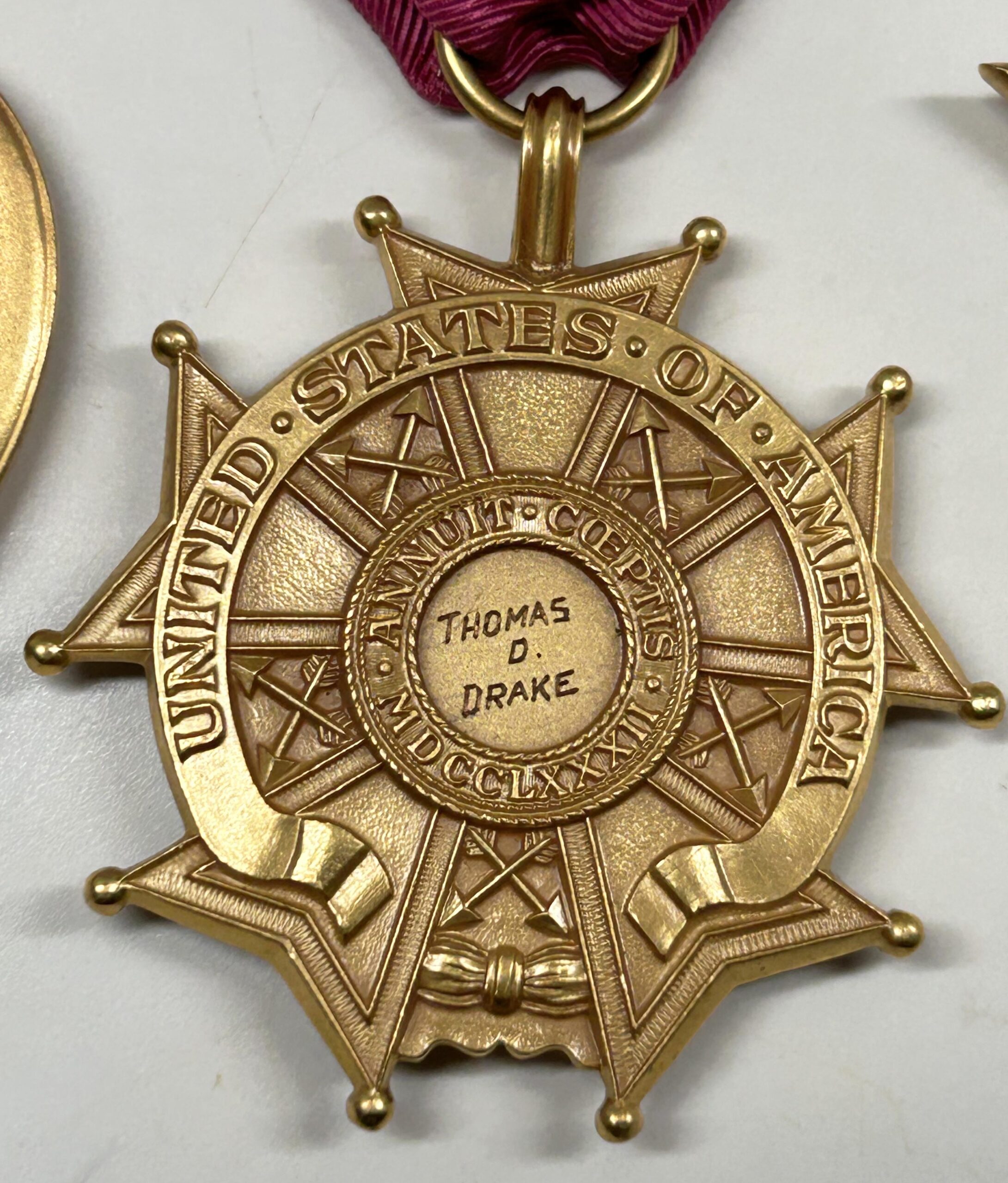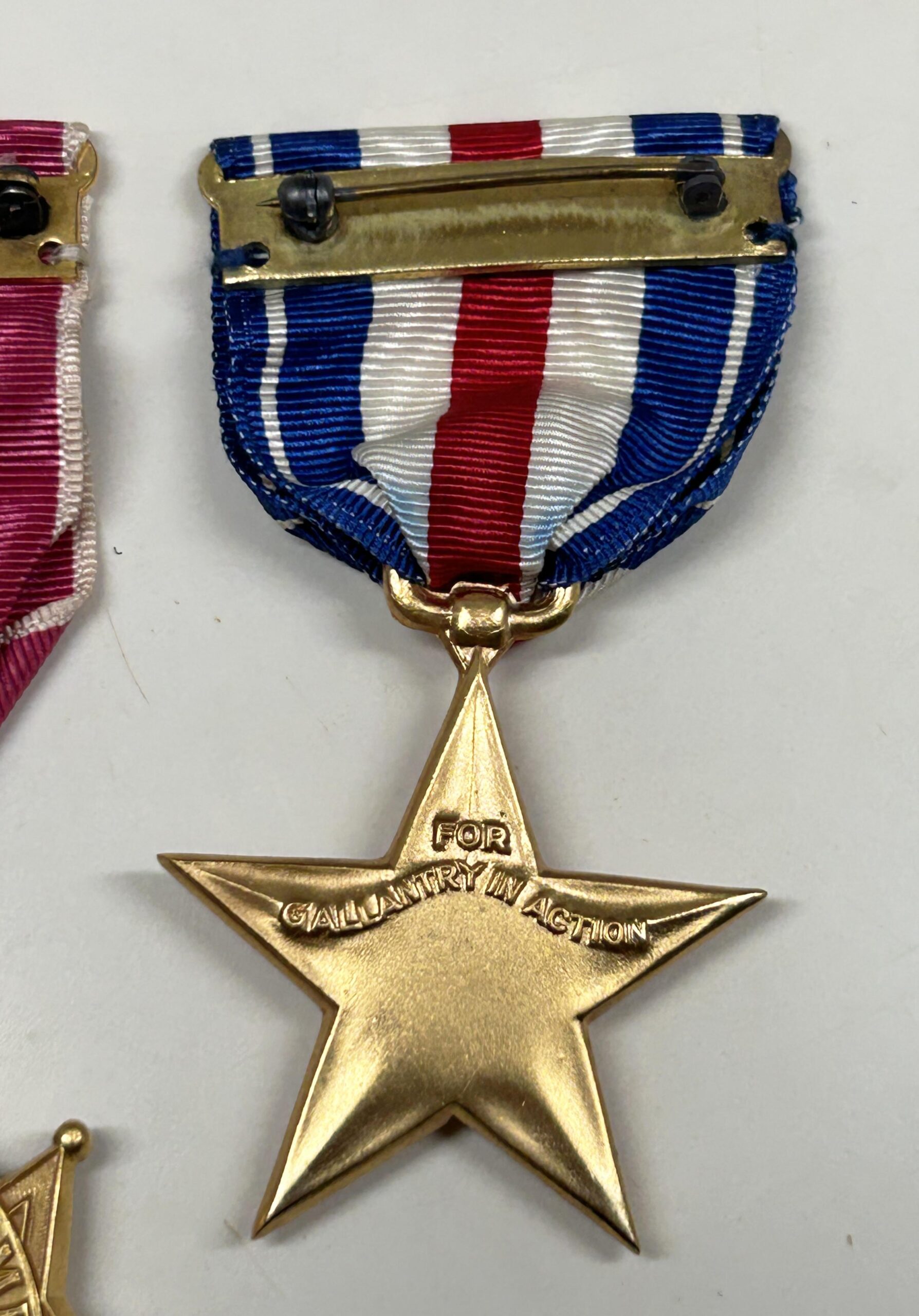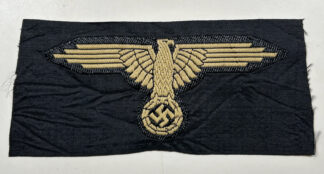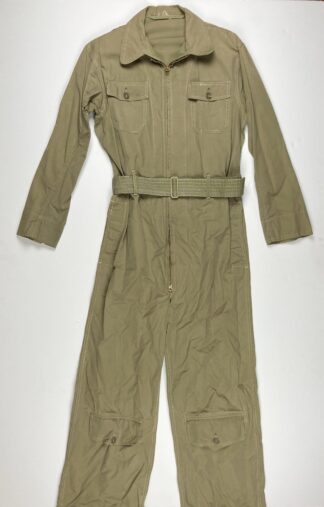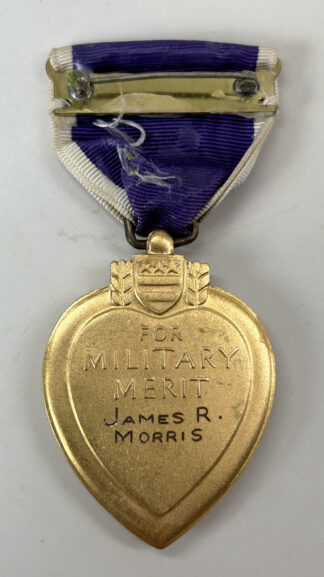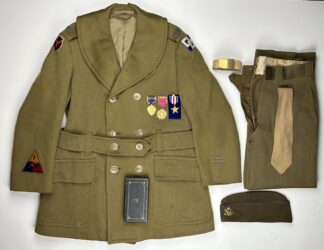Description
This is hands down one of the greatest, most historically significant U.S groupings I have ever found. Colonel Thomas Davison Drake (ASN: 0-15384) was born October 24th, 1900 in a small coalmining community in Tunnelton, West Virginia. During World War I he volunteered for army service and lied about his age (he was only 16), where he started as a Private, moved through the ranks to Sergeant, and received the Distinguished Service Cross for his heroic actions during the war.. He then remained in military service, reaching the rank of an infantry colonel and assignment as regiment commander. During battles in North Africa (starting in November of 1942), Colonel Drake commanded the 168th Infantry Regiment, which served as part of the 34th Big Red Infantry Division. Drake was a zealous martinet, and in Tunisia his soldiers called him “Quack Quack”. As regiment commander he was known for his brutality: In Tunisia, Col Thomas Drake, of the US army, told his officers to kill any of their men who left the line without permission, adding: “Teach all personnel to hate the Germans, and to kill them at every opportunity. I will notify you when I want prisoners taken.”
The U.S. Army’s upset at Sidi Bou Zid was to continue for several days. In what became known as the Battle of the Kasserine Pass they suffered a major reverse as they were outmaneuvered and outflanked by the veterans of 21st Panzer Division, urged on by Field Marshal Rommel. Colonel Thomas D. Drake of the 168th Infantry was left in command of a mixed group of about 400 men. They were isolated from other U.S. units and were trying to make their way back to U.S. lines by walking across country. As they attempted to cross a road they were fired upon by a German motorized column coming up the road. It was here that they had to make a last stand.
Col. Drake was captured by the Nazis on the 16th of February, his prisoner number was O-015384. This battle was the first major encounter of the US Army and concurrently it’s first major defeat, and is a battle still studied at the Army College. Drake were taken to the oflag in Eichstätt; later, when the Germans opened what became the largest US Army Oflag in Szubin (Altburgund) which was numbered Oflag 64, they all were transferred there and Colonel Drake became POW commander of the Oflag. At the beginning, in the camps where Americans were held, no military structure was observed; however, in Szubin – as Waters recollected, Drake rapidly organized the camp according to the Code of Military Conduct. Waters then proceeded to present as apt a recollection of Colonel Drake’s character as could be found anywhere. Thomas’ capture was first reported to the International Committee of the Red Cross on 17 February 1943, and the last report was made on 22 September 1944. Based on these two reports, Thomas was imprisoned for at least 583 days. Ultimately, Thomas was returned to Military Control.
Col. Drake would pass away many years after the war on April 8th, 1970 (aged 69.) He would be buried in San Diego, California at Greenwood Memorial Park, where he still rests today.
This grouping consists of –
- Col. Drakes early war government engraved Purple Heart he earned at the Kasserine Pass. This heart comes with the original box with the miniature award and other ribbons.
- Col. Drakes early war government engraved Legion Of Merit he earned for his service as Commanding Officer of the German POW camp.
- Col. Drakes Silver Star he earned during the fighting at the Kasserine Pass
- Col. Drakes amazing quality Officer “Mackinaw” coat. This coat has bullion insignia as well as an amazing English made 34th Infantry Division sleeve patch. This patch alone is very rare to find!
- Col. Drakes high quality cap, tie, pants, and belt.
This group is very rare, very collectible, and from one of the most well known Officers from the beginning actions of WWII. The battle tactics he used during the Kasserine Pass are still studied today. He was the epitome of a TRUE U.S Army Officer.
